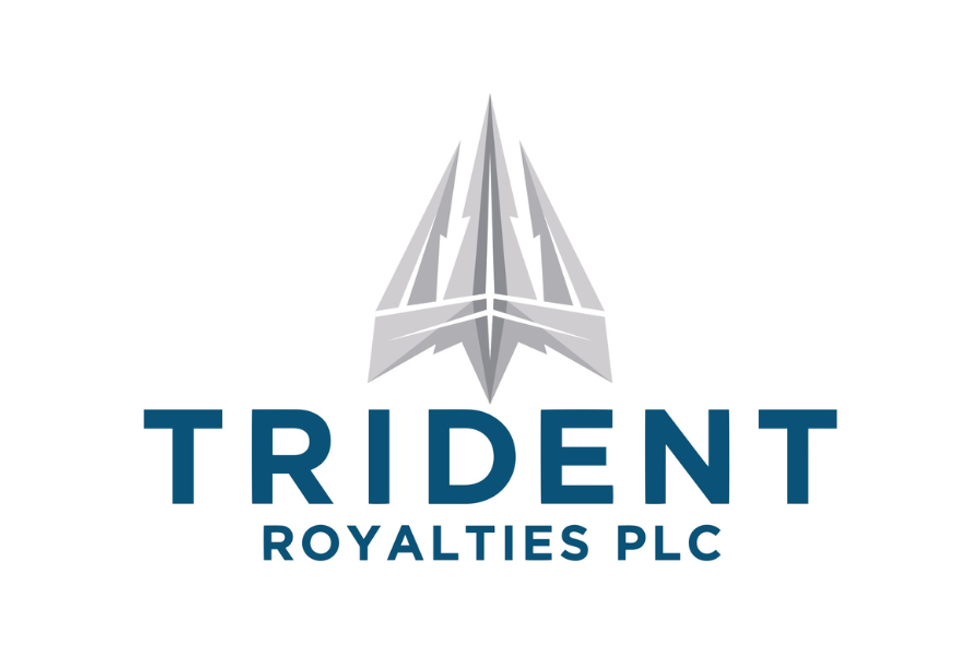- AustraliaNorth AmericaWorld
Investing News NetworkYour trusted source for investing success
Galan Lithium
International Graphite
Cardiex Limited
CVD Equipment Corporation
- Lithium Outlook
- Oil and Gas Outlook
- Gold Outlook Report
- Uranium Outlook
- Rare Earths Outlook
- All Outlook Reports
- Top Generative AI Stocks
- Top EV Stocks
- Biggest AI Companies
- Biggest Blockchain Stocks
- Biggest Cryptocurrency-mining Stocks
- Biggest Cybersecurity Companies
- Biggest Robotics Companies
- Biggest Social Media Companies
- Biggest Technology ETFs
- Artificial Intellgience ETFs
- Robotics ETFs
- Canadian Cryptocurrency ETFs
- Artificial Intelligence Outlook
- EV Outlook
- Cleantech Outlook
- Crypto Outlook
- Tech Outlook
- All Market Outlook Reports
- Cannabis Weekly Round-Up
- Top Alzheimer's Treatment Stocks
- Top Biotech Stocks
- Top Plant-based Food Stocks
- Biggest Cannabis Stocks
- Biggest Pharma Stocks
- Longevity Stocks to Watch
- Psychedelics Stocks to Watch
- Top Cobalt Stocks
- Small Biotech ETFs to Watch
- Top Life Science ETFs
- Biggest Pharmaceutical ETFs
- Life Science Outlook
- Biotech Outlook
- Cannabis Outlook
- Pharma Outlook
- Psychedelics Outlook
- All Market Outlook Reports
British Columbia’s currently operating mines are benefiting from increased demand and profitability, with copper and gold prices rising considerably on world markets.The climb in commodities prices have resulted in a dramatic increase in mineral exploration spending in B.C.
By Leia Michele Toovey- Exclusive to Copper Investing News
British Columbia is bestowed with an impressive mineral wealth, and as a result has been one of the world’s mining capitals since the mid-1800s, producing and exporting a variety of commodities including copper, gold, silver, lead, zinc, molybdenum, and coal. From the 1950s through the early 1970s, most of the world’s major mining companies were actively exploring in the province, with several of them operating mines.The province’s mining industry started to decline in the 1970s when political change in the province made it less “mining friendly.” In the 1990s, a drop in price of many commodities resulted in an additional decline in interest. Fast-forward to the present day, and the province’s mining industry is undergoing a boom. A more mining friendly political scene and a rapid ascent in commodities prices are encouraging explorers to revisit British Columbia. Of particular interest are the low-grade high volume copper deposits, such as the famous Highland Valley deposit.
British Columbia’s currently operating mines are benefiting from increased demand and profitability, with copper and gold prices rising considerably on world markets. The climb in commodities prices has resulted in a dramatic increase in mineral exploration spending in BC, to more than $250 million in 2010. This year, the province currently has over $25 billion worth of potential investments in the pipeline.
In the 1970s and 1980s, other parts of the world opened up to the mining industry. Big, high-grade deposits in places like Chile provided adequate supply for the level of copper demand at that time. Now, with many of those deposits nearing the end of their lifespans the lower grade deposits in B.C. are emerging as the best available prospects for new mine development. Low-grade, high-volume deposits amenable to large-scale open-pit mining methods can be quite profitable. The Highland Valley mine is a great example of this, with only a 0.4 percent copper grade, and marginal by-products, the mine has been very successful.
British Columbia’s mineral wealth is due to its geologic diversity. British Columbia is an “accretionary prism” which, in layman’s terms, means that it is composed of a patchwork of distinct tectonic plates, that collided over many years, and accreted to form the majority if the province’s land. B.C. is therefore composed of a variety of terrains, from unique origins, resulting in a varied geology that hosts virtually every type of mineral deposit.
Since the 1970s when exploration in the province stalled, mineral exploration technology has rapidly advanced. With a renewed interest in the province, new techniques can be applied to further delineate old reserves, and to more accurately estimate mining project economics. It is hard to imagine, but prior to the 1970s when mining in the province last enjoyed a boom, gold was given very little value when found in concert with a copper deposit. As a result, past explorers would completely ignore gold, and not factor it into the project’s potential profits. Gold, and other byproducts including molybdenum found in these copper deposits are considered in the project’s profit forecast. Today, in some B.C. copper deposits, the value of the gold byproduct often equals or even exceeds the value of the copper.
Example of a world class mine: Highland Valley Copper
The Highland Valley mine is a low-grade (0.4% copper) porphyry copper-molybdenum mine which has been in operation (originally under a different name) since the 1960s. To date, the valley pit has yielded more than 1,100 Mt of ore. The mine has changed ownership several times; and is currently owned by Teck (NYSE:TCK). Production at the mine has decreased significantly the last few years due to the lower-grade Lornex pit. However, a recent CDN$300 million mine expansion project should push its life expectancy out to 2019.
The future
There are dozens of juniors actively exploring the province, for copper and other minerals. Also, there are copper mines that are scheduled to being production in the very near time. Copper Mountain Mining is scheduled to begin operating this year, and Thompson Creek Mining’s Mt. Milligan Project, which the company gained through its purchase of Terrane Minerals, will start mining in 2013. Miners and explorers are now being drawn to B.C. for a multitude of reasons. Foremost is the potential to host world-class deposits, and also contributing to the interest is the reasonable mining regulations, an excellent database of historical exploration activity, a supportive government, good infrastructure, and an educated/technologically savvy local population.
Copper miners and explorers in British Columbia
Taseko Mines (TSX:TKO)
Fjordland Exploration (TSXV:FEX)
Copper Mountain Mining Corp (TSX:CUM)
Cascadero Copper Corp (TSXV:CCD)
Supreme Resources (TSXV:SPR)
Lions Gate Metals (TSXV:LGM)
Excalibur Resources (CNQ:XBR)
Outlook Reports
Featured Base Metals Investing Stocks
Browse Companies
MARKETS
COMMODITIES
| Commodities | |||
|---|---|---|---|
| Gold | 2316.22 | -7.47 | |
| Silver | 27.16 | -0.12 | |
| Copper | 4.49 | +0.03 | |
| Oil | 82.84 | -0.52 | |
| Heating Oil | 2.56 | -0.02 | |
| Natural Gas | 1.64 | -0.17 | |
Investing News Network websites or approved third-party tools use cookies. Please refer to the cookie policy for collected data, privacy and GDPR compliance. By continuing to browse the site, you agree to our use of cookies.






